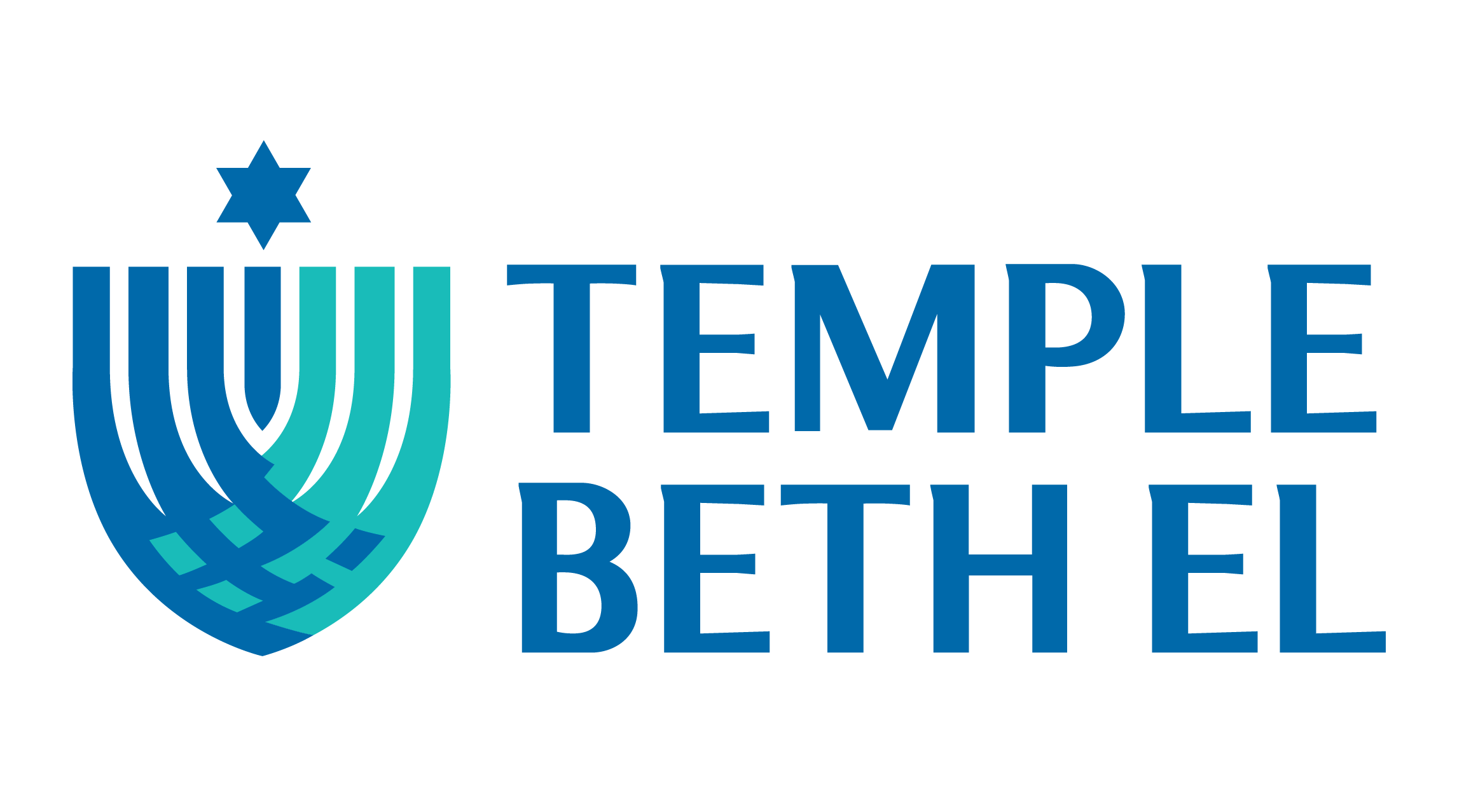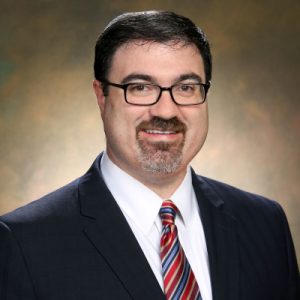It was a beautiful morning. I got up early to make breakfast for the boys, enjoying the quiet peace that filled the house. The light was soft and golden as it filtered through the windows, casting a warm glow over the kitchen. Then my phone began to buzz. I ignored it. It was Shabbat. But then it buzzed again and again and again. I glanced down and saw a flood of messages. A cold dread settled in my stomach as the news from Israel poured in. We were all waking up to a reality that was hard to comprehend.
At Temple Beth El, our Torah study group is usually robust, with about 40 people gathered in person and online. But that morning, the room felt different. The usual hum of conversation, the rustle of pages, was absent. I opened by acknowledging what by then everyone knew— there had been a terror attack in Israel – but we were still piecing together what had happened. We commenced with our Torah study. But as I taught, the messages kept coming, and the weight of the situation grew heavier. After the class ended, I went to Temple Israel and then Or HaTorah—Chabad—to speak briefly with Rabbi Wolk and Rabbi Groner. We understood that, in moments like these, we needed to come together—Orthodox, Reform, Conservative—one community. This is a moment I will always remember: experiencing October 7th as a Jews in America, united by a collective pain we hadn’t experienced in a very long time.[1]
On October 8th, a different kind of pain took hold—a new kind of loss—as we began to recognize the extent of the tragedy. With broken hearts, we learned of the unimaginable violence our brothers and sisters in Israel endured, of the loved ones taken hostage, of the families and communities completely shattered. We witnessed and continue to witness the brutalities of terrorism and war on multiple fronts.[2]
As a rabbi, I have heard the range of feelings and debate about the war. I understand that many people have legitimate disagreements with Israeli policies and feel conflicted about the actions of its government. I, too, have been publicly critical. Criticism and productive debate are vital parts of our tradition. And I want to be clear: criticism of Israel is not inherently antisemitic. Just as criticizing the United States doesn’t make someone a traitor, challenging Israel’s actions can come from a real place of care and concern for its future.
But what emerged on October 8th, felt like a descent into something more dangerous. Calls for “Death to Jews” were not just heard in distant places like Tehran; they erupted in our own cities, on the campuses where our children learn, and in our workplaces.
Suddenly, we were facing a newly public—and seemingly publicly sanctioned—wave of vitriol here. In many places, the distinction between critiquing a government – the Israeli government – and denying the humanity of its people – our people – seemed to vanish overnight. And we found ourselves asking: How did we get here?
For decades we told ourselves that many antisemetic incidents were isolated to hateful individuals or particular groups rather than a reflection of the broader world. Our Constitution upholds the principle that even the most abhorrent rhetoric is protected under the right to free speech. We knew antisemitism was lurking beneath the surface.
But then we saw it flare in Pittsburgh, in Charlottesville, in Colleyville. Jewish communities experienced multiple hate crimes. Still, we thought the hate was isolated, believing that America was different—a place where we could live without constantly looking over our shoulders.[3]
Then October 7th happened, and October 8th followed. And every day since it has become clearer and clearer how misguided we were. Bret Stephens spoke in Charlotte and said there should be a sign in each Jewish organization, synagogue, and school that reads: “Every day is October 8th.”[4] Because October 8th wasn’t just the day after an attack in Israel; it was the day we woke up to see the world differently here in the United States, too. It was the day we became October 8th Jews.
For many of us who have dedicated our efforts to social justice, we watched in disbelief as the institutions we trusted—those we thought shared our values—either remained silent or, worse, found ways to justify, excuse, or ignore the unjustifiable. Longtime allies who stood with us after Pittsburgh, with whom we marched with for racial justice, LGBTQ, and reproductive rights now refused to acknowledge our pain.
And it wasn’t just coming from one side. We watched elected officials meet with white supremacists, heard pundits excuse Hitler’s actions while they downplayed Nazi atrocities, and saw graffiti littered with swastikas – just miles from here – that called for a white America… October 8th reminded us that hatred has not one political home but instead comes from both ends of the spectrum. And, once again, we are caught in between, like the center of a rope used in a game of tug-of-war, constantly taut and tense, yanked back and forth .[5]
This is a moment of reckoning—a time to confront the hard questions: Where do we go from here? How do we move forward when the ground beneath us feels so unsteady? This isn’t a sermon I want to give, but it is one I need to give—to help frame the challenges before us and find our truth north.
We have a choice to make. We can let fear and despair consume us so deeply that we question our identity. Or we can choose the path of our ancestors which is rooted in courage and resilience. Our strength comes not only from enduring but from thriving. We have faced hate before, and each time we’ve turned it into fuel for growth. Each time we have created vibrant, flourishing communities. Each time we proven that our resilience is not just about survival but about creating a future of Jewish purpose and possibility. And this time will be no different. We are October 8th Jews now, standing in the light of a new reality. Our eyes are open. We have clarity now. And that clarity will give us courage.
We cannot let the lessons of October 8th slip away. In the days that followed, many of us wore our stars of David with newfound pride and committed to lighting Shabbat candles every week. We must carry that pride and commitment with us permanently, for it will certainly shape our future. We’ll rise—not as victims consumed with vigilance, constantly on high alert for danger and slights, but as a people committed to building something enduring, beautiful, and strong.
I’ve been thinking about our ancestor Jacob. Not the young man who tricked his brother Esau or who wrestled with angels and was given the name Yisrael – Israel or who spoke the words above our ark that dedicated a place and called it “Beth El.” But Jacob later in life,who is frail, lying on his deathbed, his heart heavy with worry.[6]
Jacob knows his time is running out, and he’s afraid. Afraid that the covenant—the sacred promise Jacob made between his family and God—might not survive after he’s gone. Jacob looks at his sons, each of them so different, each carrying their own mistakes and regrets.
One question haunts him, “Have I done enough?”
Jacob’s sons see the fear in his eyes. Instead of dismissing it, they do something unexpected and profound. They lean in close and say, “Sh’ma Yisrael, Adonai Eloheinu, Adonai Echad.”
We often translate these words as “Hear O Israel, the Lord is our God, the Lord is One.” But the rabbis who wrote this story after the destruction of the Temple made a play on words…. based on Jacob’s name which was Israel. “Sh’ma Yisrael”—It’s as if his sons are saying, (SLOW) “Listen, Dad. Listen, Jacob. We hear you. We know you’re worried. But we want you to know something else: Adonai is our God. We are holding onto the covenant. We are holding onto you. We’ve got this. Judaism will not die with you.”
Jacob could finally die in peace, knowing that his family would carry on the covenant, that they would remain true to their sacred responsibilities, even in a world full of uncertainty. For the rabbis who wrote the story, it was a much needed reminder, a kind of bridge across the centuries, that reminds us Judaism isn’t just an inheritance, but rather that it is a living commitment that we choose to make every single day.
I am standing here today, wearing a tallit that I specially ordered in Israel last summer before October 7th. It arrived in Charlotte the week after October 7th.[7]
I chose its colors on purpose.
The fringes, the tzitzit, are woven with both the white and the blue strands. In ancient times, the techelt – this blue dye was rare and precious.
The blue represents the heavens and the depths of the sea—it is the color of infinity, of the mystery of God. It reminds us of our duty to see beyond the immediate, the ordinary, and to strive for something higher.
The white strands—simple, unadorned, and plain – symbolize our commitments: our acts of kindness, our decisions to choose fairness, to do what is right, even when no one is watching. The white strands anchor us in the here and now, in the physical world, in our tangible actions.
These threads remind us that our identity is not a choice between the spiritual or the practical; our identity comes from tying them together. The white strands pull us into our duties to ourselves, our families, our communities. The techelet – the blue – lifts our gaze to the heavens, to remind us that our actions must reach for something beyond ourselves, to the sacred and transcendent.
This is why the Israeli flag is blue and white – it is taken from the colors of a tallit, described in the Torah.
Wearing this tallit, I feel connected to the generations who came before us, who chose every day to weave their lives with these same colors and these same values. I am reminded to live with the courage that comes from knowing who we are as Jews and what we are called to do, as Jews.
Just as Jacob’s children stood together and said, “We’ve got this,” we, too, must stand together now. This is that moment for us. Because when everything around us feels so uncertain, it is these roots, these choices, this active combination of white and blue—our actions and our aspirations—that will hold us steady. They remind us that we are not just individuals navigating a chaotic world; we are part of a story – and a people – that has withstood the generations of turmoil, with something sacred that can guide us forward.
As you heard from Rabbi Nichols last night and Alan Kronovet, our congregational president this morning, our board recently developed a new mission, vision, and strategic plan for Temple Beth El. It was an inspiring process—listening to hundreds of members dream big, think about our future, and help shape our community’s direction for the next generation. As Alan shared, our new mission is “To cultivate connected, proud, meaningful Jewish living that inspires change in our world.”
Yet, as we finalized our mission statement, I experienced a near existential crisis. See – even rabbis don’t have all the answers. We struggle with this too. Why was I struggling?
Because many in our congregation take deep pride in our history of social justice, and for the 17 years of my rabbinate, I’ve poured my heart into the universalism of Tikkun Olam, truly believing we could heal this broken world. But after October 7th, I began to question whether those commitments still made sense. As we drafted that last part—“to inspire change in our world”—I felt something inside me breaking, wondering: I know how to cultivate a connected, proud, meaningful Jewish life. But, if I’m being honest, what change in the world can we really make when the world feels so absolutely broken.
In the midst of my struggle, I remembered our ancestors who in times of despair wondered how to move forward. And I realized that maybe this is our Sh’ma moment, too—a moment where we say, “We’ve got this.”
At times, it has felt like we’re standing in the middle of a storm—the winds howling around us, the path ahead blurred by rain, no place safe. The temptation is to seek shelter, to close ourselves off from the chaos outside. But there’s another choice we can make— the B’nei Yisrael – the Children of Israel’s choice – to step forward, even in the face of uncertainty, and to stand together with open hearts and steady hands. This isn’t just about gathering in a place; it’s about showing up for each other with everything we are, with all our fears, our hopes, our pain, and our love. Together, we face the storm.
Now is the time. The winds are not dying down and the skies are not going to clear. But we can step forward, hand in hand, into the very heart of the storm. Let’s find our refuge not in walls or barriers but in each other, in the strength of our connection and the courage of our hearts. Let’s say, “We’ve got this,” again and again and again, until the words themselves become our shelter. Because when we choose to be Jewish—two feet in, fully present, fully engaged—we don’t just survive; we thrive.
This is not a time for silence or shrinking back. It’s about standing tall, wearing our Jewish identity with pride—lighting the menorah, wearing a Star of David, singing the Sh’ma with conviction, celebrating our holidays – at home and in Jewish spaces, eating our yummy food, and sharing it with others. Because our mission isn’t just to fight antisemitism. It’s bigger than that. Fighting antisemitism is how we protect the space to live our true mission—to celebrate, thrive, and live the beauty of Judaism. We declare, “We are Jews, and we’re not going anywhere,” unapologetically, proudly, powerfully Jewish.[8]
For all the fears we might have about particularism, know that we can build stronger bridges of Tikkun Olam when we are better rooted in our identity. While we may strive to do this in coalitions and with partners, we do it not because of them, but because Judaism calls us to this sacred work. We don’t dilute who we are to connect or help others; we strengthen those connections by knowing ourselves—our story, our history, and our values. When we are firmly anchored in our Jewish identity, we create bridges strong enough to withstand any storm.
So, let’s build a future with intention—a future woven not by history alone, but by the choices we make in the present. Like the strands that tie us together and the strands intertwined on this tallit, our lives are both an inheritance of the past and they are the active decisions we make to stand, to act, to remain connected. Each thread is a choice—binding us not only to what has been, but to what we are creating right now.
As B’nei Yisrael—the Children of Israel, the children of Jacob, as Jews who wrestle with God, who can wrestle with challenging moments and challenging questions and also say with confidence “we’ve got this”—we face this moment as those who have always had to make a choice: to step forward or to stand still. And we choose to step forward because we understand that strength doesn’t come from waiting for the storm to pass, but from standing together through it.
May we choose, time and again, to see the divine spark in each other, to stand together because of bonds we consciously forge. This is about more than survival—it’s about thriving through the choices we make every single day. We are a people who choose to rise, who face the darkest times and still reach for the light.
This is our moment. We can embrace the sacred responsibility. Our faith is more than an inheritance; it’s about the choices we make to hold each other up, to build a future woven with intention and courage. We will become the legacy that future generations will look to, knowing that in – what will hopefully be the darkest moment for this generation of Jews – we stood together, supported one another, and declared with every fiber of our being: Sh’ma Yisrael – “We’ve got this.”
Amen.
[1] October 7th, 2023 Attack on Israel by Hamas
[2] Just in the last few days, we have been absorbing news of Israel’s dismantling of Hezbollah, a ground incursion into Southern Lebanon, a terror attack in Jaffa, and the largest ballistic missile attack in human history – just yesterday. We are all praying for our brothers and sisters in Israel and a timely, peaceful resolution to the escalating conflict.
[3] See the ADL’s Audit of Antisemitic Incidents or read Deborah Lipstadt’s Antisemitism: Here and Now.
[4] https://www.nytimes.com/2023/11/07/opinion/us-jewish-israel-sept-11.html
[5] Antisemitism on the right often takes the form of conspiracy theories and overt expressions of hate. For example, President Trump hosted a dinner with white supremacist Nick Fuentes in 2023 and recently stated that if he loses, it will be because of the Jews, echoing classic antisemitic scapegoating. Tucker Carlson also defended Nazis during a conversation with Darryl Cooper on his show, legitimizing extremist viewpoints. Right-wing antisemitism often leads to hate crimes, such as graffiti with swastikas in Charlotte in 2024, and was evident in violent attacks like those at synagogues in Pittsburgh and Poway. On the left, antisemitism sometimes emerges from anti-Zionist rhetoric, such as protesters in 2023 chanting “From the river to the sea, Palestine will be free,” perceived as a call to eradicate Israel. Jewish students have also been excluded from progressive campus groups unless they denounced Israel, and Jewish artists have faced boycotts from cultural organizations regardless of their views. Both forms of antisemitism—right-wing conspiracy-driven hate and left-wing exclusion—continue to threaten the safety and inclusion of Jewish communities.
[6] See Talmud Pesachim 56a. Also see Covenant and Conversation by Rabbi Jonathan Sacks z’’l.
[7] I purchased the Tallit in Israel while on Temple Beth El’s 2023 Israel Trip.
[8] While not quoted directly, I have been influenced by David Hartman’s A Living Covenant, Jonathan Sacks’ Crisis and Covenant, and Hugo Gryn’s Chasing Shadows all teach that Jewish resilience is not merely about survival but about sustaining and renewing identity, faith, and moral responsibility. Hartman highlights the ongoing, adaptive relationship of the covenant with God, while Sacks emphasizes the moral mission inherent in Jewish survival during crises as a reaffirmation of ethical purpose. Gryn illustrates resilience through personal acts of spiritual resistance, showing that faith and identity can be maintained even in the darkest times, offering hope and continuity for future generations.




